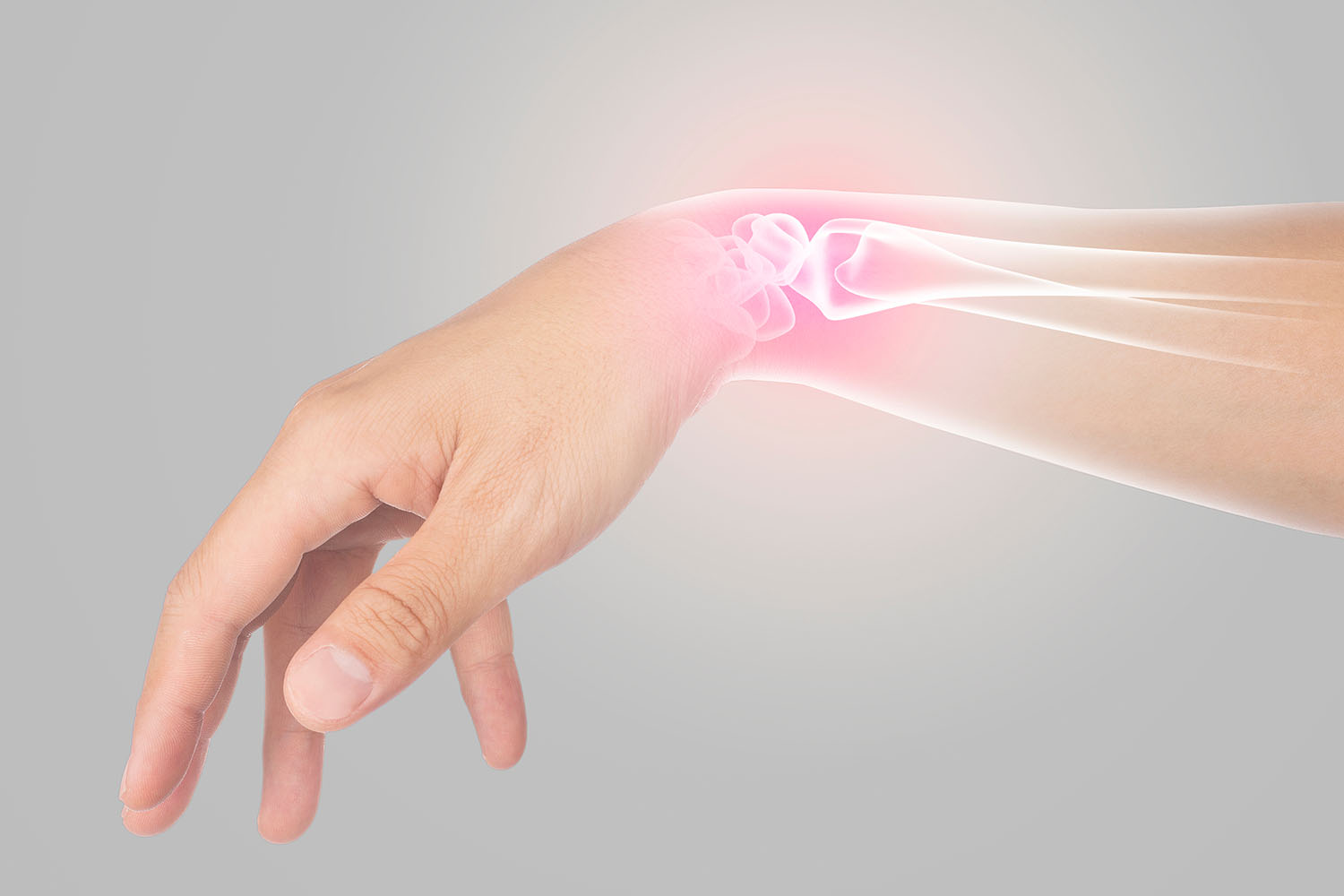Overview
Hand fractures are a common injury that can significantly impact daily life. A hand fracture photo can reveal the extent of the injury, highlighting the importance of prompt diagnosis and treatment. This blog delves into the various aspects of hand fractures, backed by international research and factual data, to provide a thorough understanding of this condition.
Anatomy of the Hand
The human hand is a complex structure composed of 27 bones, including the phalanges (finger bones), metacarpals (hand bones), and carpal bones (wrist bones). Each bone plays a crucial role in the hand’s functionality, enabling a wide range of movements and dexterity.
Causes of Hand Fractures
Hand fractures can occur due to various reasons, including:
- Trauma: Direct impact from accidents, falls, or sports injuries.
- Overuse: Repetitive stress on the hand bones, common in athletes and manual laborers.
- Pathological Conditions: Diseases such as osteoporosis that weaken the bones, making them more susceptible to fractures.
Diagnosis
A hand fracture photo, typically obtained through X-ray imaging, is the primary diagnostic tool. It allows medical professionals to see the fracture’s location, type, and severity. In some cases, additional imaging techniques like CT scans or MRI may be used for a more detailed assessment.
Types of Hand Fractures
Hand fractures can vary widely in their nature. Some common types include:
- Simple Fractures: A single fracture line without displacement.
- Comminuted Fractures: The bone is broken into multiple pieces.
- Open Fractures: The bone pierces through the skin, increasing the risk of infection.
- Displaced Fractures: Bone fragments are not aligned properly and may require surgical intervention.
Treatment Options
Treatment for hand fractures depends on the fracture type and severity. Common approaches include:
- Immobilization: Using splints or casts to keep the bone in place while it heals.
- Medication: Pain relievers and anti-inflammatory drugs to manage pain and swelling.
- Physical Therapy: Exercises to restore strength and flexibility once the bone has healed.
- Surgery: Necessary for severe fractures, especially displaced or open fractures, to realign and stabilize the bones using pins, plates, or screws.
International Research and Advances
Recent international research has led to significant advancements in the treatment and management of hand fractures. Studies have shown that early intervention and proper rehabilitation can dramatically improve outcomes. Innovative surgical techniques and materials, such as bioresorbable implants, have reduced recovery times and enhanced healing.
One notable study published in the Journal of Hand Surgery highlighted the effectiveness of early mobilization in improving functional outcomes for patients with metacarpal fractures. Another research project by the International Journal of Orthopaedic Trauma emphasized the importance of patient education and adherence to rehabilitation protocols in preventing complications and ensuring optimal recovery.
Hand fractures, while common, require careful attention and appropriate treatment to ensure full recovery. A hand fracture photo is an invaluable tool in diagnosing and planning the treatment. Ongoing research and advancements in medical technology continue to improve the prognosis for individuals suffering from hand fractures, enabling them to regain full functionality and return to their daily activities.
If you suspect a hand fracture or experience hand pain after an injury, seek medical attention promptly. Early diagnosis and intervention can make a significant difference in the healing process.



